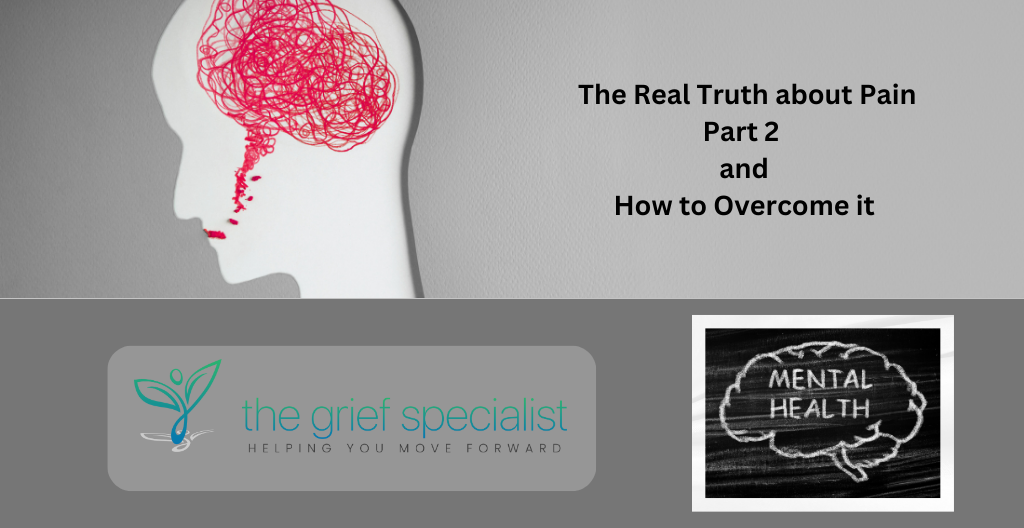Let’s recap from last week. Pain is messy, complicated, and necessary to move through in order to heal. I also shared about three types of pain: guilt, rejection, and grief. If you missed Part 1 or need a refresher, I recommend you stop reading this article now and click on the link below to read it then come back to finish Part 2.
This week we are addressing shame, rejection and physical pain.
4. Shame
Shame is a self-conscious emotion that arises from the perception of having done something dishonorable, immoral, or improper. Shame informs us of an internal state of inadequacy and unworthiness. It is a clear signal that our positive feelings have been pushed out and replaced with negative ones. Because shame is an unconscious emotion, it can be difficult to identify and deal with. Although it is difficult to do, the best way to cope with feelings of shame is to talk about it. It needs to be brought into the light and identified. You can do this by speaking to a professional. Other options include, self-compassion helps you accept more of yourself. Be gentle with yourself, do not judge yourself and practice forgiveness to yourself and others.
5. Rejection
There are many types of rejection from personal to professional and in-between. Rejection may be a minor act of snubbing, a relationship break-up, a job offer that did not come through, or a bid on a house that was turned down. Rejection can cause you to question your self-worth and create low self-esteem. Self-worth may cause confusion with beliefs and facts. For example, “I feel like a failure, so I must be a failure” when your presentation did not go off as planned. Just because you were not successful in one circumstance doesn’t mean as a person you are a failure. To work through this, you must reframe the way you think about yourself. Think about what you learned and how you can use that to make your next presentation better than the first.
6. Physical
Emotional pain can inflict physical harm that can surface in all parts of your body. Stubbornness and inflexibility show up in the neck. Lack of joy in life in your shoulders. Lack of emotional support, guilt, and fear of money surface in the spine. While elbow pain is from difficulty accepting new experiences (change). Fear of moving forward (letting go of pain) and making major decisions shows up on the hips. One’s pride and ego impact your knees. Movement is key in getting rid of physical pain caused by emotional pain. Start with something simple, walk around the block, take the stairs, ride a stationary bike.
So how do we get rid of pain?
Three steps to overcome emotional pain
1. Acknowledge your pain
Give yourself permission to feel it, see it and touch it. You may wish to journal, read about it or work with a professional such as myself. You cannot push it away. Doing so can result in long-term pain, impacting your relationships, job, and physical health. Accept that things happen, good and bad alike. Accept that you cannot change them instead of placing judgment that is negative and damaging. For example, get rid of thoughts such as “It shouldn’t have been like that. I don’t deserve this.” or “Why me?”
2. Change the way you think
You can make a conscious decision to endure the pain, let it take a sharp turn resulting in suffering or take control of how you think about your circumstances. It is time to focus on the areas you have control over – which is the way you think. You cannot control the diagnosis; however, you can control your reaction to it. Do not play the victim. No matter who’s or what’s at fault.
Do not believe the lies your mind tells you:
“I don’t deserve to have a good job.”
“It’s always been this way. Nobody loves me.”
Insert what you are experiencing into these examples. These stories focus on your as your identity and what your life is worth. You do not need to believe them. pain Replace them with stories with positive outcomes.
“I am worthy of a great job.”
“Things change for the better. I am loved.”
3. Plan
“If you fail to plan you plan to fail,” Benjamin Franklin. He basically meant that success, (working through pain) doesn’t happen by accident. It takes planning, knowing where you are headed and how you will get there. Few people follow this simple guideline in normal circumstances let alone while in pain. Planning and having a roadmap is a game changer in your ability to move through and conquer your pain.
You get to decide how you are going to manage your pain.
Create a two-pronged strategy that enables you to focus on the things that are in your control. One, you can control your mindset with positive thinking, gratitude, and prayer. Two, you have control over how you care for your body with exercise, nutrition, and sleep.
Pain does not have to last forever. Decide now, today, that you want to change your circumstances. Seek guidance from someone like me.
Read Part 1 – The Real Truth about Pain https://www.thegriefspecialist.com/the-real-truth-about-pain-part-1/
#loneliness
#guilt
#grief
#emotionalpain
#shame
#rejection
#physical
#wehelpyoumoveforward




